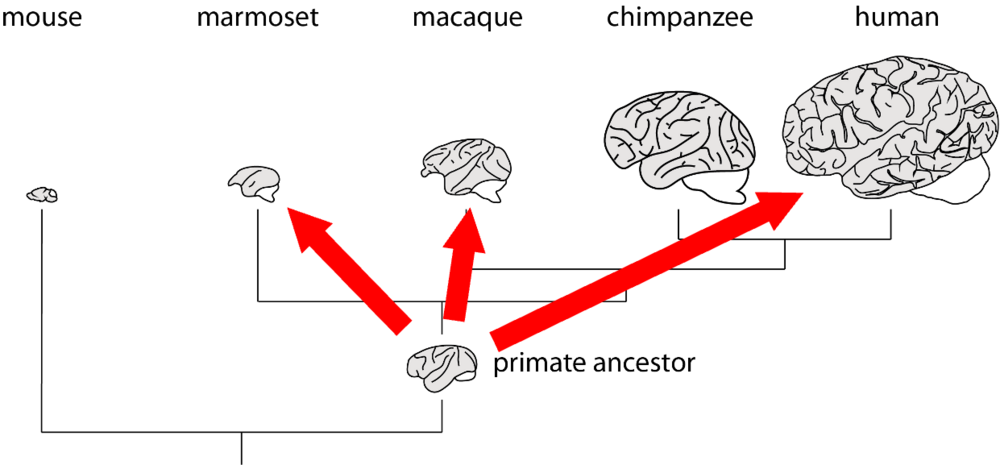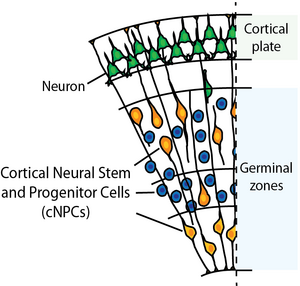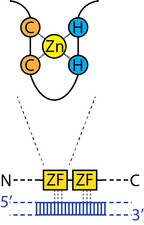Overview

The neocortex is a fascinating brain structure associated with higher cognitive abilities in mammals and primates in particular. Within the primate order, a distinct morphology of the neocortex has evolved in the form of differences in size and folding. In this context, large and highly folded neocortices, such as the neocortex of humans, can be distinguished from small and nearly unfolded neocortices, such as the neocortex of the common marmoset. The Junior Research Group "Brain Development and Evolution" aims to identify the genetic basis for these differences between different primate species.

The development of the neocortex, and in particular its different morphology, depends primarily on the activity and behavior of cortical neural stem and progenitor cells (cNPCs). These cells produce the majority of all neurons of the adult neocortex during a specific period of cortical development (neurogenesis). The number of neurons is a decisive criterion for the appearance of the neocortex: the more neurons are produced, the larger and more folded the neocortex is. The number of neurons is related to the activity and behavior of cNPCs. Thus, regulation of the activity and behavior of these cNPCs is a critical basis for neocortex morphology, and changes in this regulation can lead to different neocortex morphology.
The regulation of cNPCs occurs via genes that are specifically expressed in these cells and, for example, are not expressed in neurons. We are interested in those genes that are specifically expressed in cNPCs but differentially expressed between different primate species. These genes are most likely responsible for differential behavior of cNPCs and thus for differential neocortex morphology between different primate species. Transcription factors play a central role in this process, as they regulate the expression of multiple genes, and changes in these transcription factors can have a strong influence on cNPC behavior and activity.

A family of transcription factors called zinc finger transcription factors (ZNFs) has expanded, particularly in primates. ZNFs are negative regulators of transcription defined by the so-called zinc finger domain, which allows them to bind to specific DNA sequences. Important roles in neural development and brain malformations have been proposed for many of these ZNFs. Based on the expansion of ZNFs in primates and their potential contributions to neural development and brain malformations, we consider these transcription factors to be important candidates for the regulation of different neocortex morphology within the primate order.
